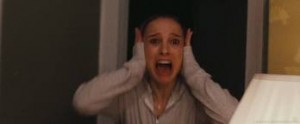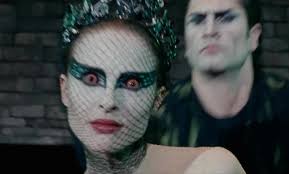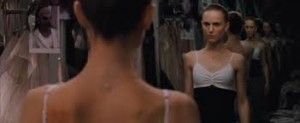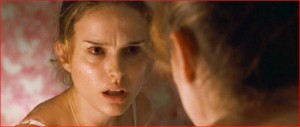Feedback Major K-Film Assessment
After Seth viewed our initial prototype in class today he suggested that we make the preview for the inner circle more readily available from the outside circle. He also said that the use of text would really enhance the overall project.
We still have a lot of work to do including adding text to the clips as well as a title page with our names and project title at the beginning of the piece.
I think we are all happy with where the project is so far and I am excited to seeing what the end product looks like.



